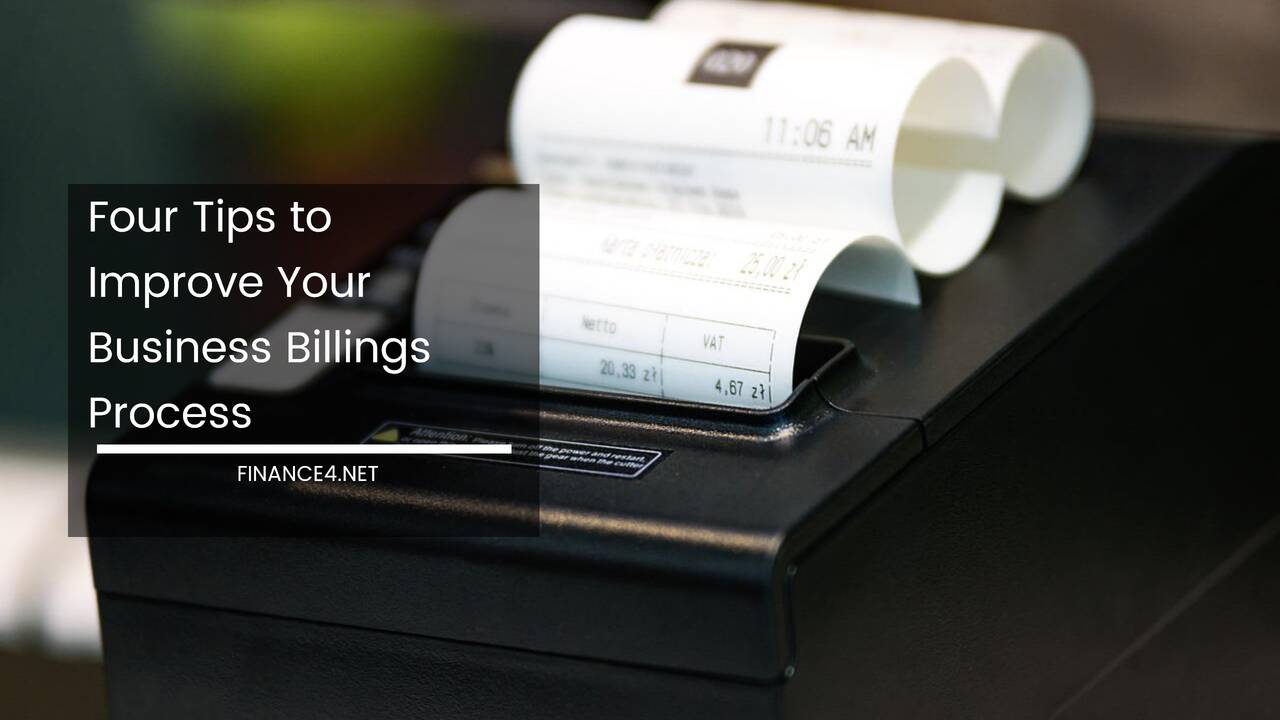Forex Trading: A Beginner’s Guide to Making Informed Decisions

Forex Trading: Making Informed Decisions in the Currency Market
The financial landscape can be daunting, but understanding the foreign exchange market, also known as forex trading, empowers you to navigate a dynamic piece of the global economy.
This comprehensive guide equips you with the knowledge to explore the exciting world of forex trading while minimizing risks.
Unveiling the Currency Exchange: The Heart of Forex
Imagine yourself on a dream vacation to the awe-inspiring pyramids of Egypt. Unfortunately, Egyptian merchants won’t accept your Euros or Dollars directly.
This is where currencies come into play. Forex trading deals with the exchange of currencies between nations. It’s a decentralized marketplace where participants buy and sell currencies, profiting from fluctuations in their exchange rates.
Think strategically: if you believe the value of the British Pound (GBP) will rise compared to the US Dollar (USD/GBP), you can buy British Pounds with Dollars.
If your prediction is accurate, you can later sell your Pounds for more Dollars, pocketing the difference. However, forex trading goes beyond simple transactions.
It’s a complex ecosystem influenced by economic factors, political events, and even global news. Understanding these forces is paramount for making informed trading decisions.
Embarking on Your Journey: A Roadmap to Forex Participation
The internet offers a wealth of resources for aspiring forex traders. Websites like “Learn to Trade Forex” can provide valuable educational material. But before diving headfirst into the live market, it’s essential to establish a solid foundation. Here’s a roadmap to guide you:
- Building Your Foundation: Mastering the Essentials
Forex trading requires a strong understanding of basic trading principles. Familiarize yourself with:
- Order Types: Learn how to place market orders (executing trades at the current market price) or limit orders (specifying a desired price for buying or selling).
- Risk Management Strategies: Develop a plan to manage risk, including stop-loss orders (automatically exiting trades when losses reach a predetermined level) and position sizing (determining the amount of capital allocated to each trade).
- Technical Analysis: Explore how to analyze historical price data using technical indicators like moving averages and relative strength index (RSI) to identify potential trading opportunities.
- Selecting Your Partner: The Forex Broker
The forex market doesn’t have a central location. You’ll need a forex broker, a financial intermediary that connects you to the market and facilitates your trades. Choosing the right broker is crucial. Consider these factors:
- Broker Offerings: Different brokers cater to various trading styles. Some offer margin trading (borrowing money to amplify profits and losses), while others focus on commission-free trades. Select a broker that aligns with your trading goals and risk tolerance.
- Fees and Commissions: Compare the fees associated with different brokers, including spreads, commissions, and inactivity fees. Aim for a broker with competitive rates that suit your trading volume.
- Trading Platform: The broker’s trading platform is your window to the market. Ensure it’s user-friendly, offers the features you need (e.g., advanced charting tools, real-time market news), and is compatible with your devices.
- Practice Makes Perfect: The Power of Demo Accounts
Most brokers offer demo accounts, which allow you to trade with virtual money in a simulated market environment. This is an invaluable tool for:
- Testing Strategies: Experiment with different trading strategies without risking real capital.
- Platform Familiarization: Get comfortable with the broker’s trading platform and its functionalities.
- Building Confidence: Develop your trading skills and refine your approach before entering the live market.
Treat your demo account seriously. Use it to develop a disciplined trading mindset and refine your approach. Remember, success in the demo account doesn’t guarantee success in the live market, but it provides a safe space to learn from mistakes without financial consequences.
Decoding the Market: Charting Your Course to Success
Forex traders rely heavily on charts to analyze market trends and make informed decisions. These charts depict price movements over time, allowing you to identify patterns and potential trading opportunities. Here’s a breakdown of key aspects:
- Time Frames: Charts can represent price movements over various durations, from minutes (scalping) to months (swing trading). Choose the time frame that aligns with your trading strategy. Short-term charts showcase rapid price fluctuations, ideal for active traders, while longer time frames reveal broader trends, preferred by position traders.
- Technical Indicators: Charts can be overlaid with various technical indicators, which are mathematical calculations based on historical price data. These indicators can help identify potential entry and exit points for trades by suggesting support and resistance levels (areas where price movements tend to stall or reverse).
Remember, technical analysis is just one piece of the puzzle. Combine it with fundamental analysis, which considers economic data, such as interest rates and inflation, and political events, like elections.
Mastering the Art of the Trade: Discipline and Risk Management
Having a solid understanding of the market and the tools available is just half the battle. Forex trading requires a disciplined approach and a robust risk management strategy to navigate the inherent uncertainties. Here are some crucial aspects to consider:
- Developing a Trading Plan: Don’t enter a trade blindly. Create a well-defined trading plan that outlines your entry and exit points, risk management parameters, and trading goals. This plan should be based on your research and analysis, ensuring you’re not making emotional decisions in the heat of the moment.
- Money Management: Forex trading involves risk. Implement a strict money management strategy. The “2% rule” is a popular guideline, limiting your potential loss on any single trade to 2% of your total account balance. This helps protect your capital and allows you to stay in the game even during losing streaks.
- Controlling Your Emotions: The market can be volatile, and emotions like fear and greed can cloud your judgment. Develop emotional control to avoid impulsive decisions. Stick to your trading plan and don’t deviate based on emotional reactions to market movements. Consider taking breaks from trading when emotions run high.
- Continuous Learning: The forex market is constantly evolving. Stay updated with economic news, central bank policies, and global events that can impact currency valuations. Utilize educational resources offered by brokers and reputable financial websites to enhance your knowledge and refine your trading strategies.
Beyond the Basics: Exploring Advanced Concepts
As you gain experience, you can delve deeper into the world of forex trading. Here are some advanced concepts to consider:
- Fundamental Analysis: While technical analysis focuses on historical price data, fundamental analysis considers economic data releases, central bank policies, and geopolitical events that can influence currency valuations. Integrating these factors with technical analysis can provide a more holistic perspective on market movements.
- Correlation: Currencies can be positively or negatively correlated. Understanding these relationships can help you develop hedging strategies. For example, the US Dollar and the Japanese Yen (USD/JPY) often exhibit a negative correlation. If you believe the US Dollar will strengthen, you could buy USD/JPY and potentially benefit from a weakening Yen.
- Carry Trade: This strategy involves borrowing a low-interest-rate currency and investing it in a high-interest-rate currency. The profit potential comes from the difference in interest rates, but it carries the risk of adverse currency movements.
Remember, mastering these advanced concepts takes time and experience. Don’t attempt them until you have a solid foundation in the core principles of forex trading.
Final Thoughts: A Rewarding Journey Awaits
Forex trading can be a rewarding journey for those who are willing to put in the time and effort to learn. By understanding the market dynamics, developing a disciplined approach, and continuously refining your skills, you can increase your chances of success.
Remember, forex trading involves inherent risks, so never invest more than you can afford to lose. Start small, manage your risk carefully, and prioritize learning from your experiences. With dedication and a sound strategy, you can navigate the exciting world of forex trading and potentially achieve your financial goals.



